Slovenia’s Ancient Skocjan Caves are Mesmerizing
These formations are some of the largest subterranean chambers in the entire world
Referred to as the "Underground Grand Canyon," the Škocjan Caves in Slovenia are considered some of the largest subterranean chambers in the world. Like many natural wonders, the caves were formed over vast periods of time by a river, the Reka, which still flows along the bottom of the underground canyon. Though the "Underground Grand Canyon" nickname is catchy, the Škocjan Caves probably have more in common with New Mexico's Carlsbad Caverns; the cave's largest canyon measures, at some points, almost 200 feet across and 460 feet tall and is spanned by a narrow, vertigo-inducing bridge. (The Grand Canyon, meanwhile, is 18 miles across at its widest point.) Thanks to the water flowing through the caves, a number of stunning geological features can be found inside the chambers, including limestone pools and massive stalagmite formations.
Archaeologists have found evidence that humans lived in the caves as early as 3,000 B.C. In one of the cave's chambers, explorers found a burial site, complete with 10 skeletons and funerary goods. The first written records of the caves date back to the second century B.C., and the caves are marked on one of the oldest published maps of that region of the world (what is now Slovenia). Modern exploration of the caves began in the late 1800s, and continues to this day.
The caves are also home to a very unique inhabitant: the blind cave salemander (Proteus anguinus), know as the človeška ribica (human fish) by locals because of its fleshy, pink skin and resemblance to a human embryo.
Visitors wishing to reach the caves can go year-round—the chambers maintain a constant temperature of around 50 degrees Fahrenheit all year. The closest city to the caves is Divača, Slovenia, which is accessible via car or train.
Planning Your Next Trip?
Explore great travel deals
Smithsonian magazine participates in affiliate link advertising programs. If you purchase an item through these links, we receive a commission.
/https://tf-cmsv2-smithsonianmag-media.s3.amazonaws.com/accounts/headshot/natasha-geiling-240.jpg)
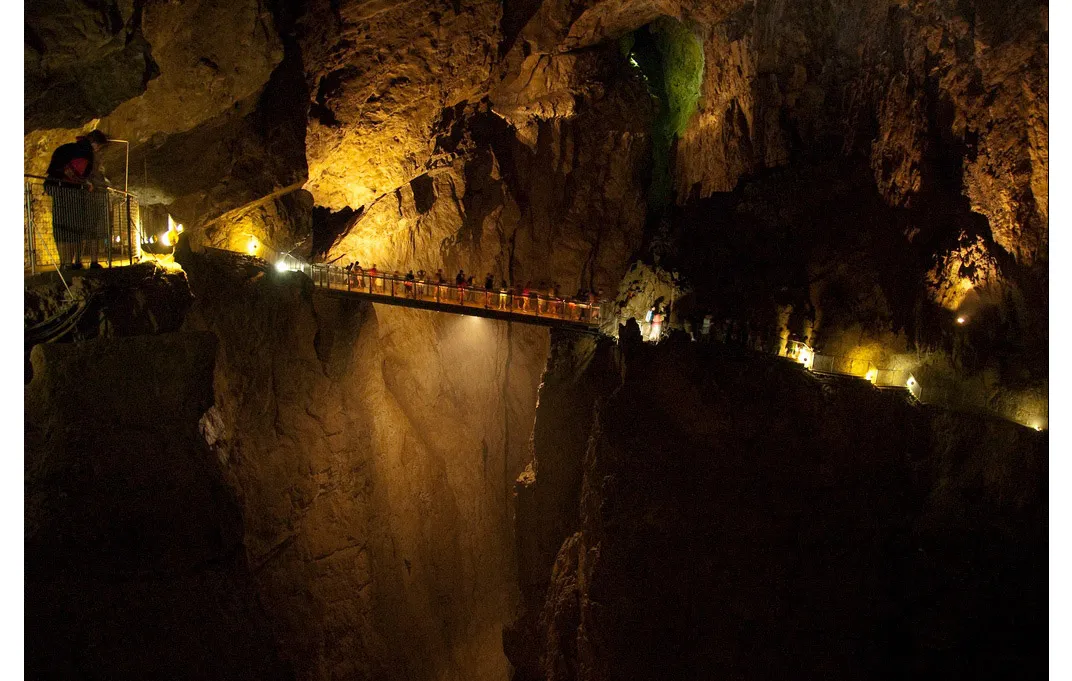
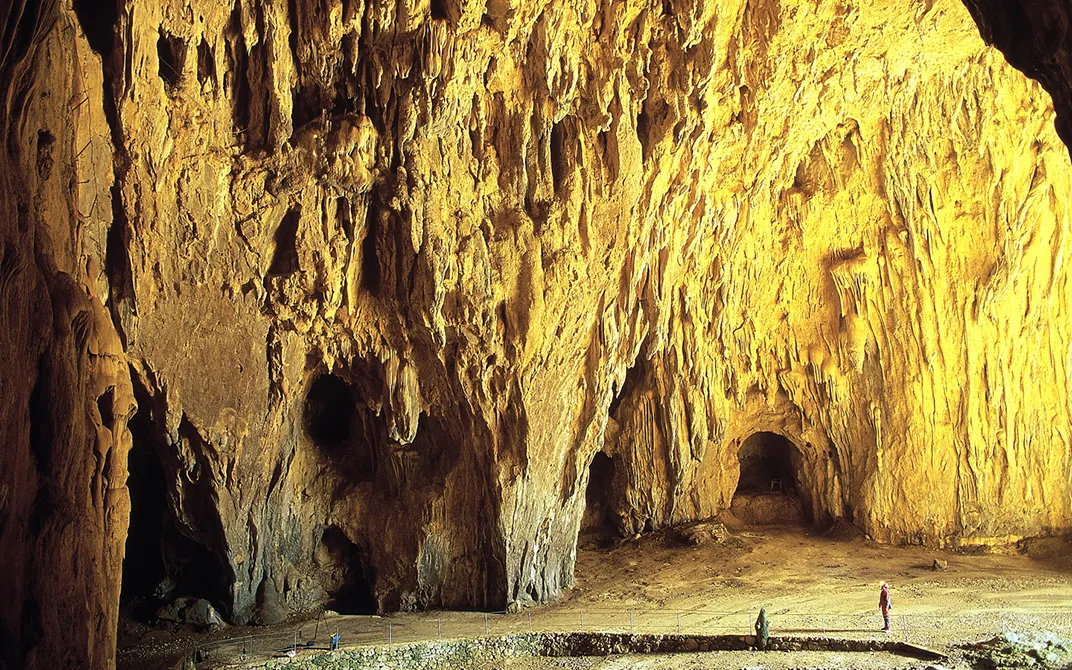
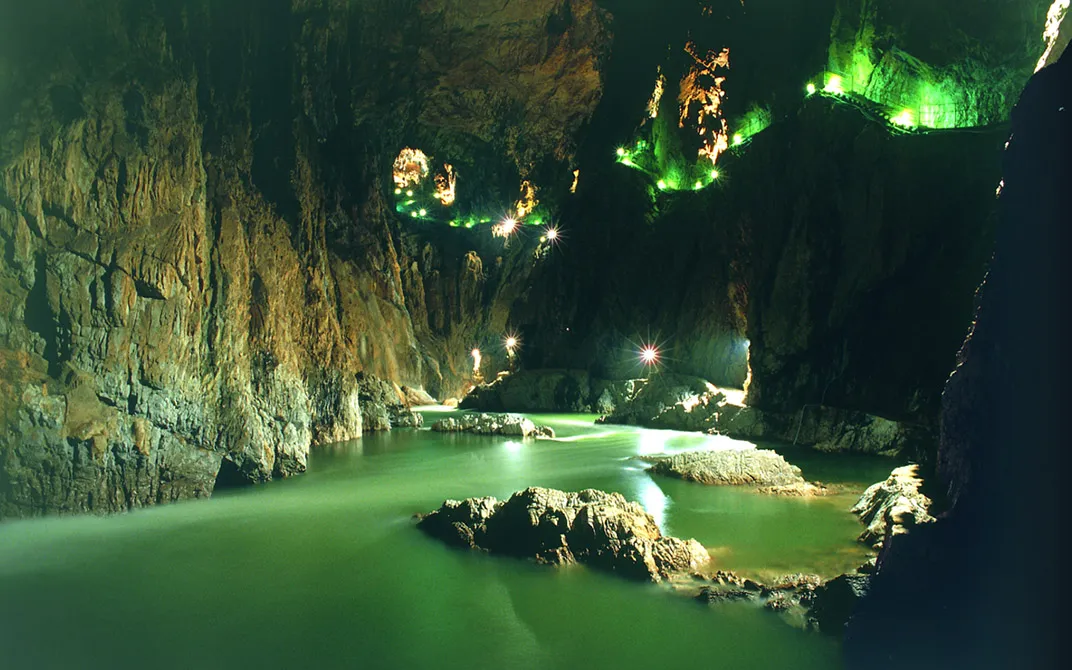
/https://tf-cmsv2-smithsonianmag-media.s3.amazonaws.com/filer/7a/18/7a180386-f4be-4614-b72f-cad481ebaf9c/4-skocjan-caves-chamber-lights-1072.jpg)
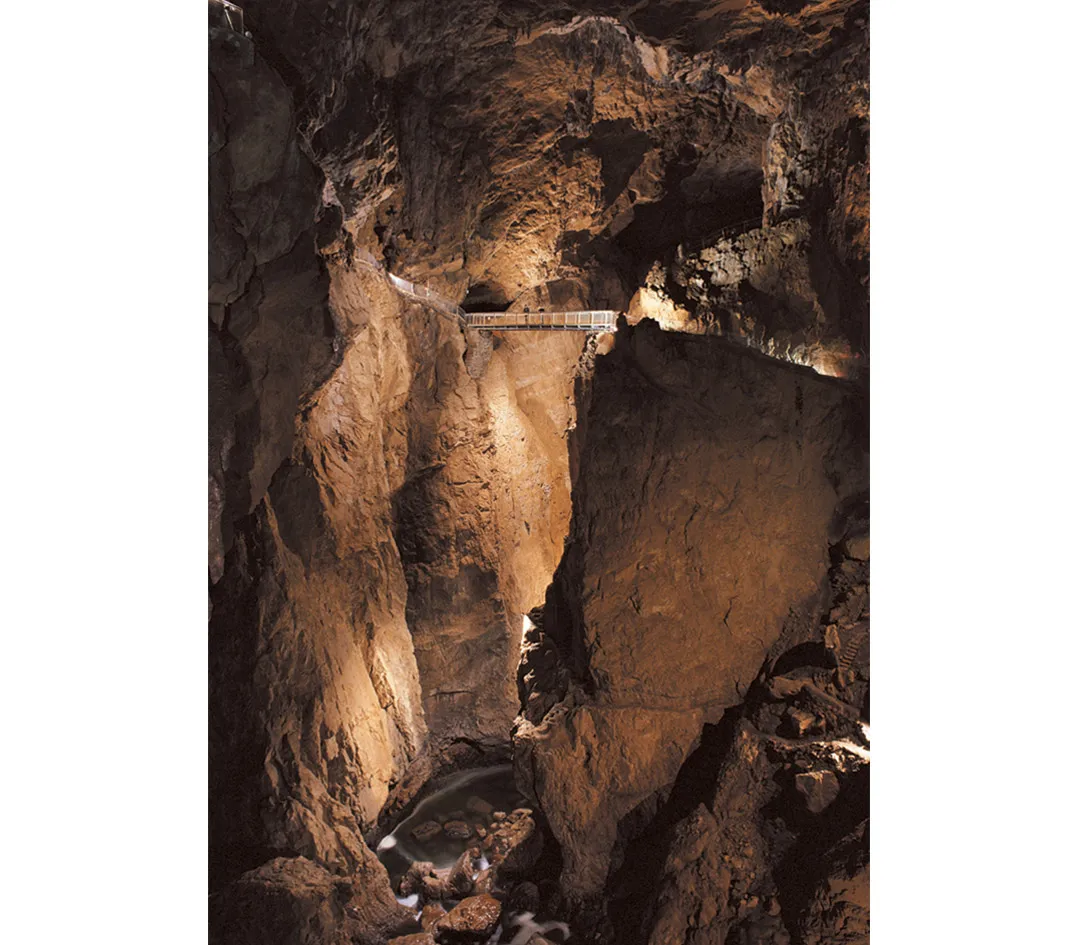
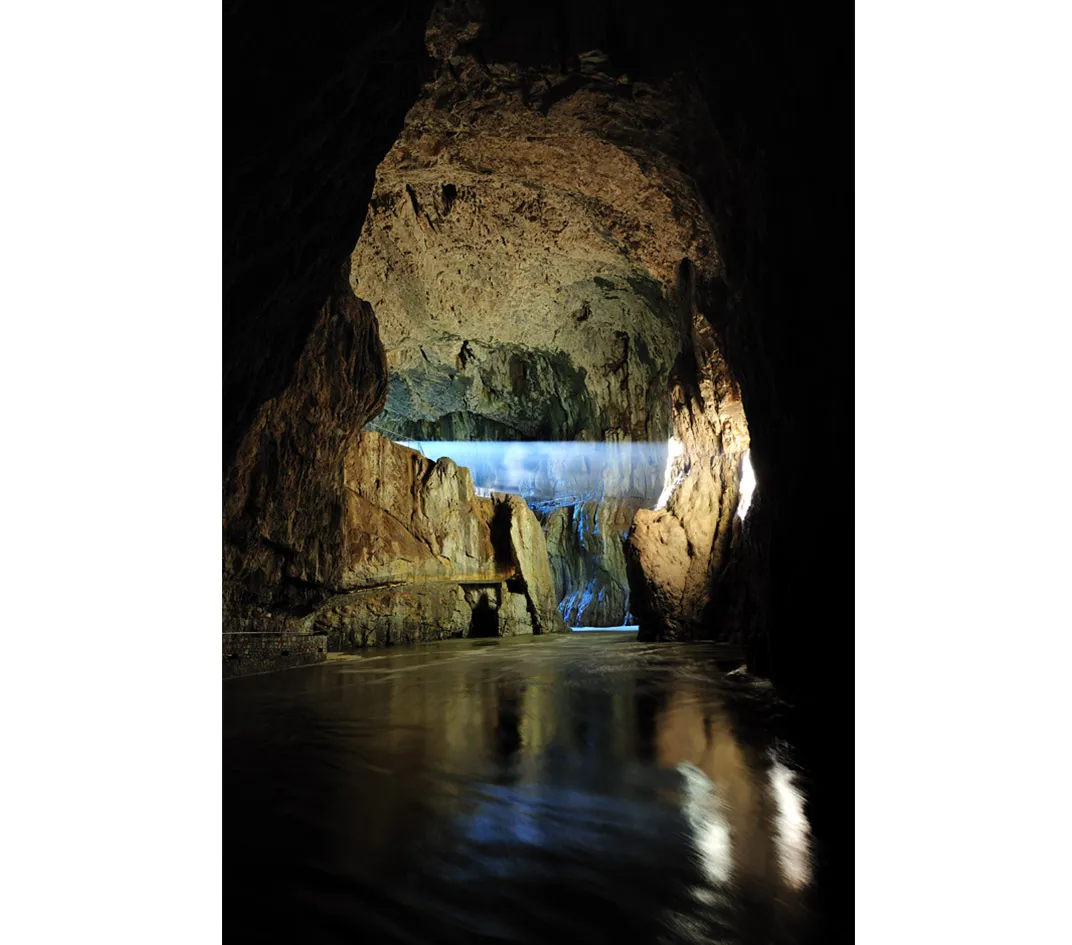
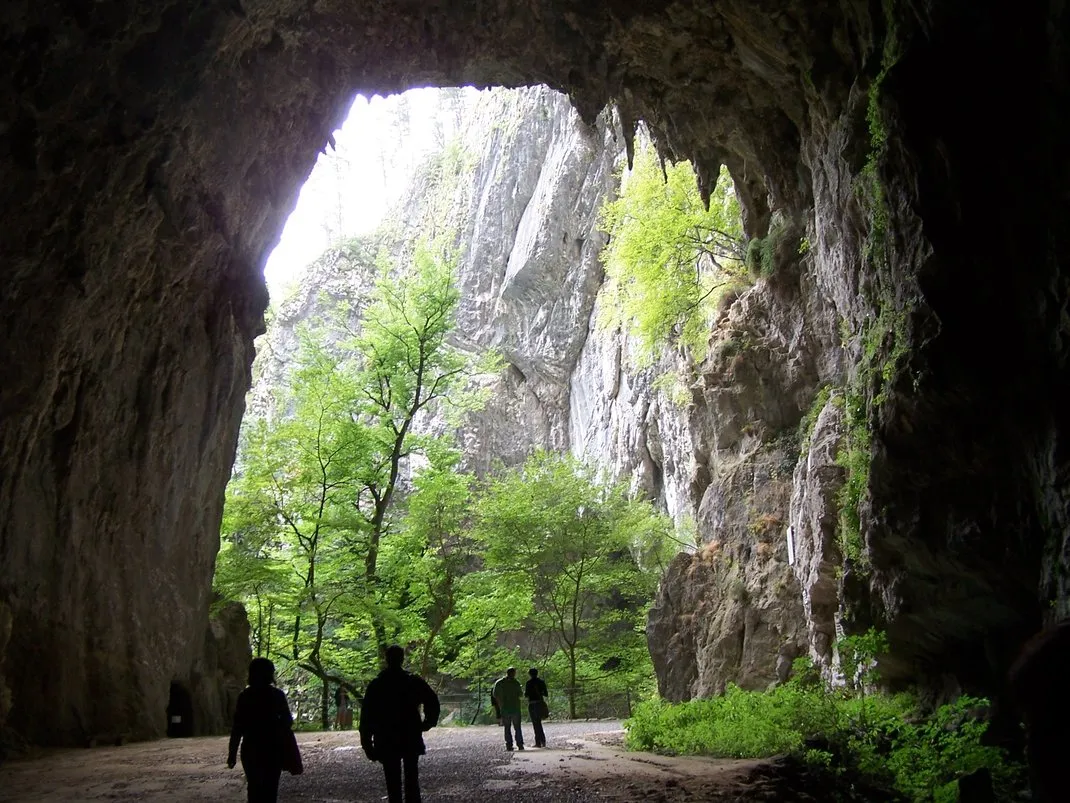
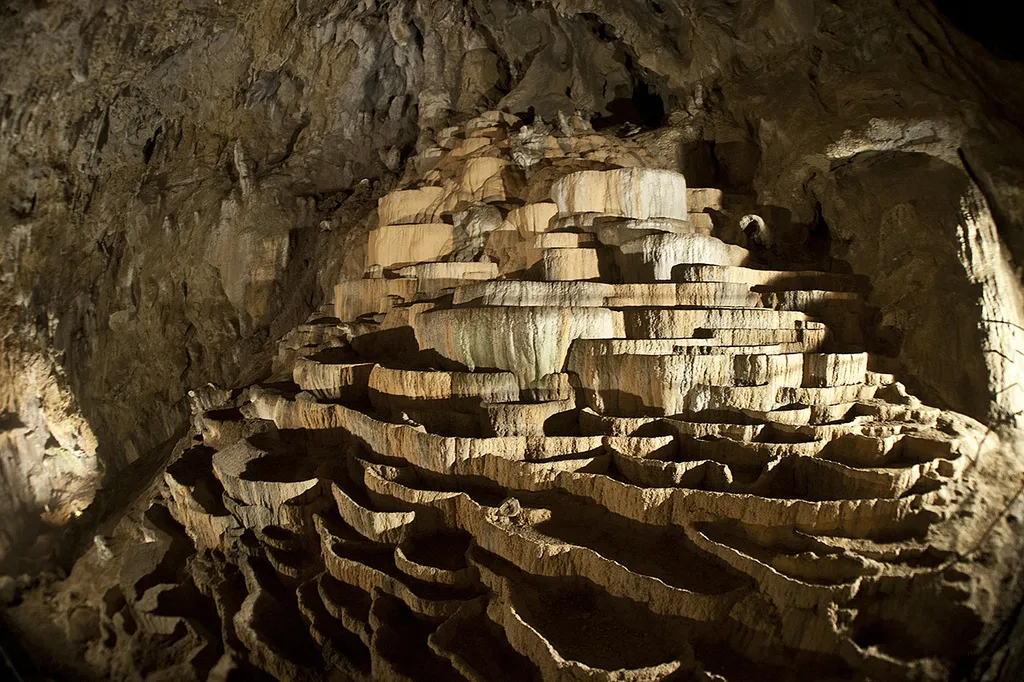
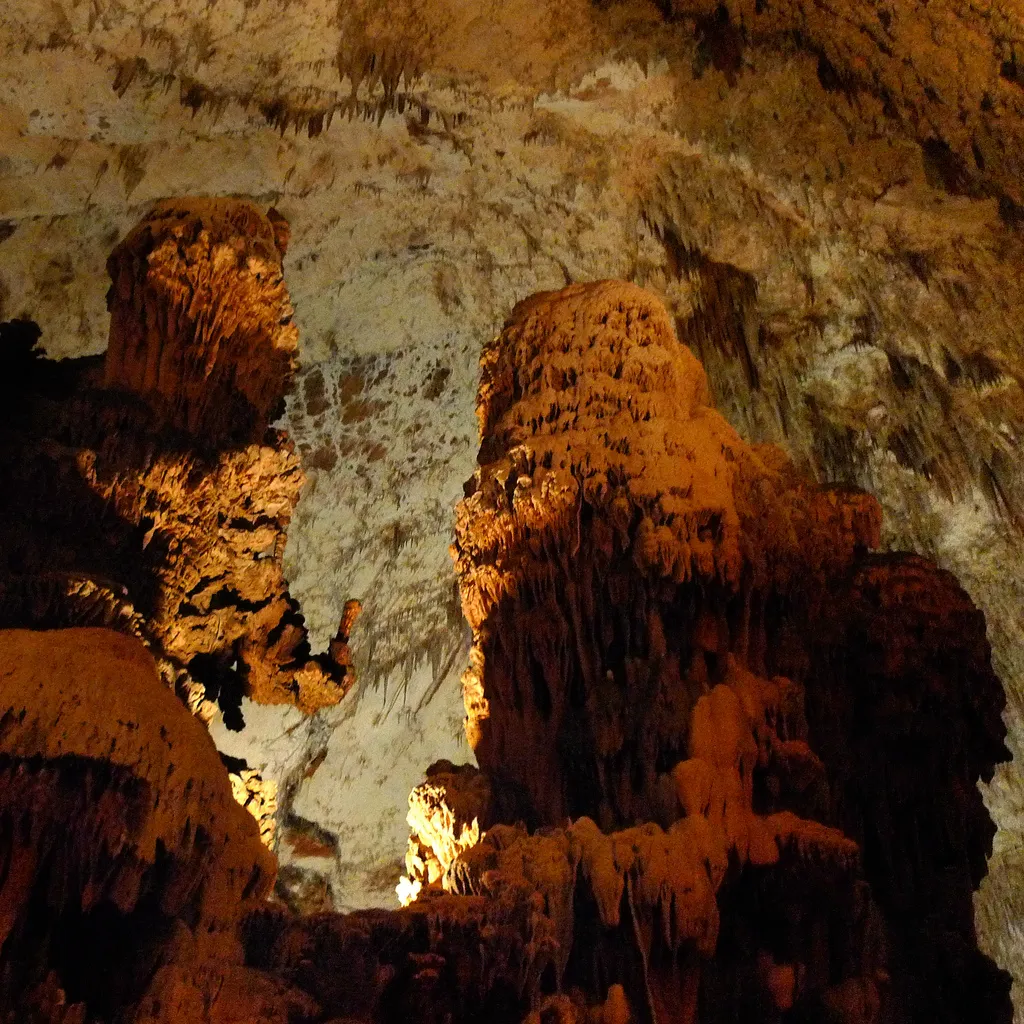
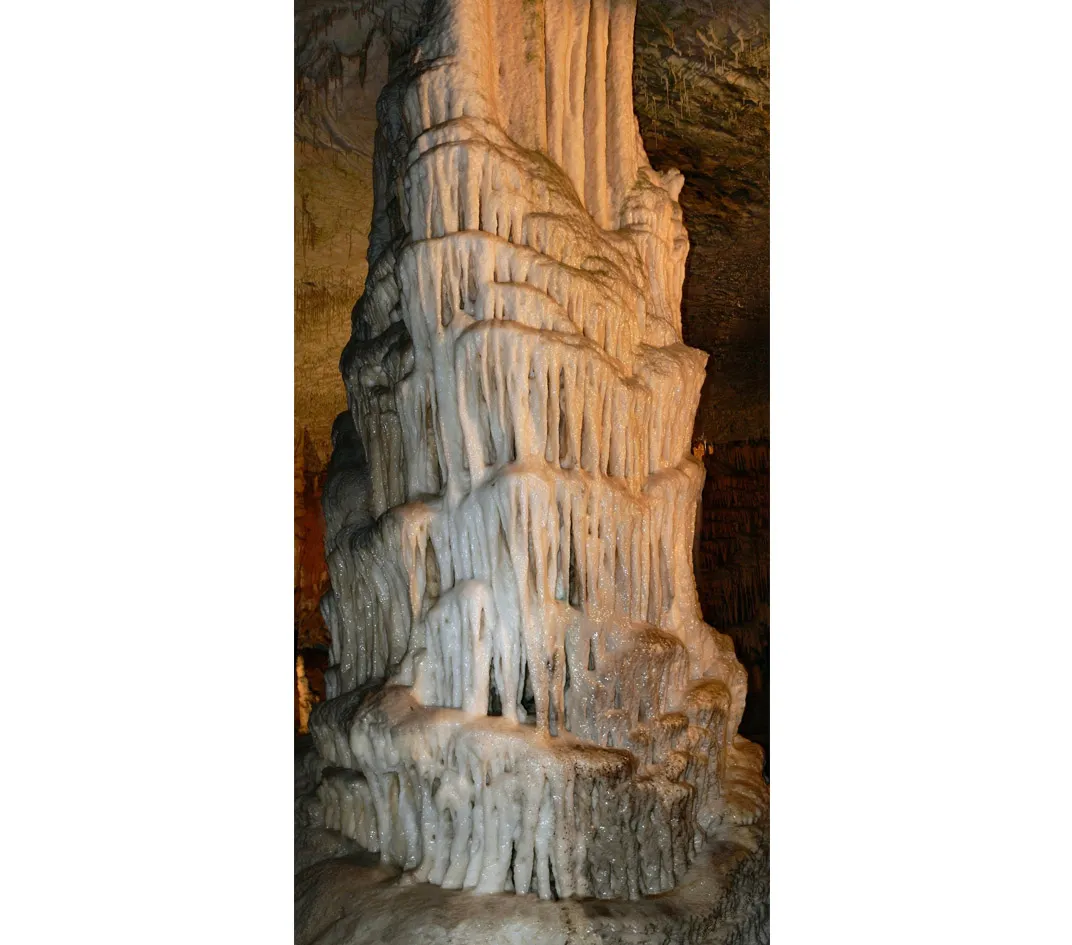
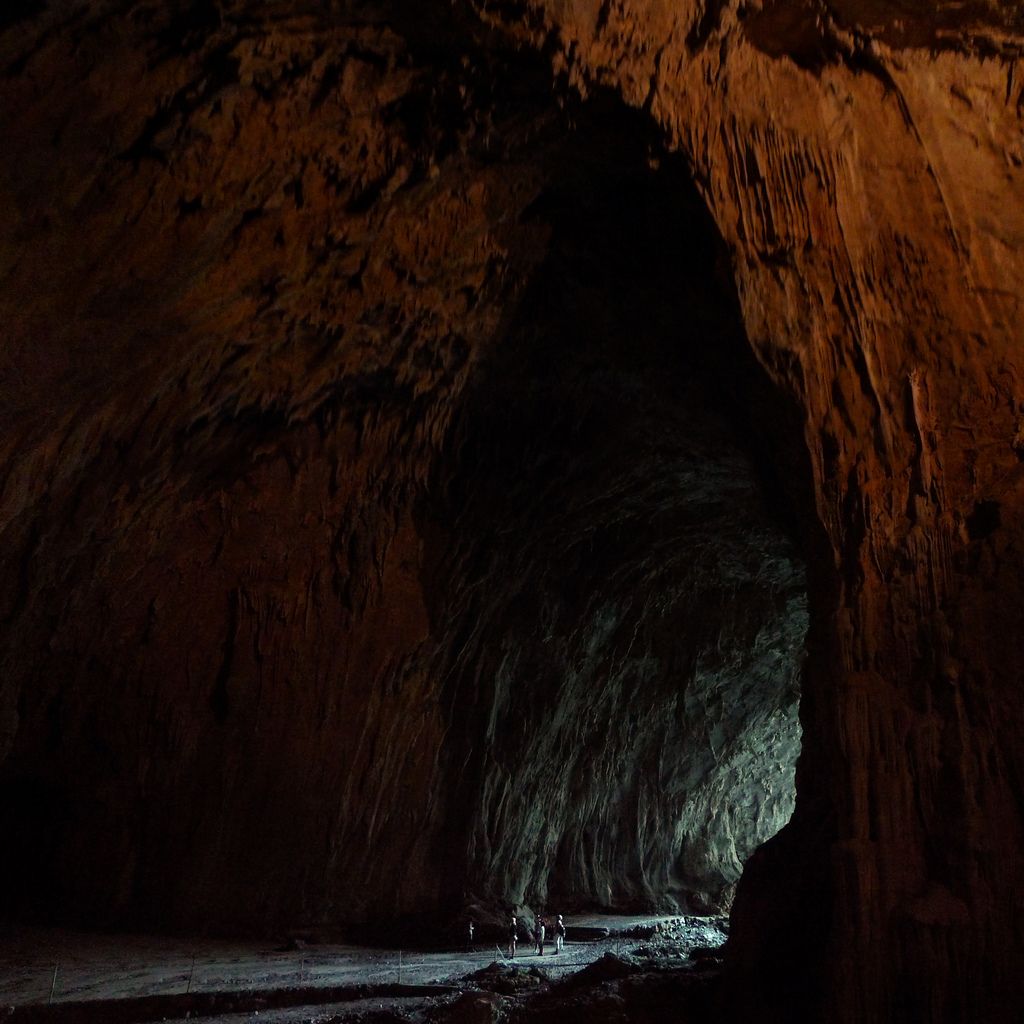
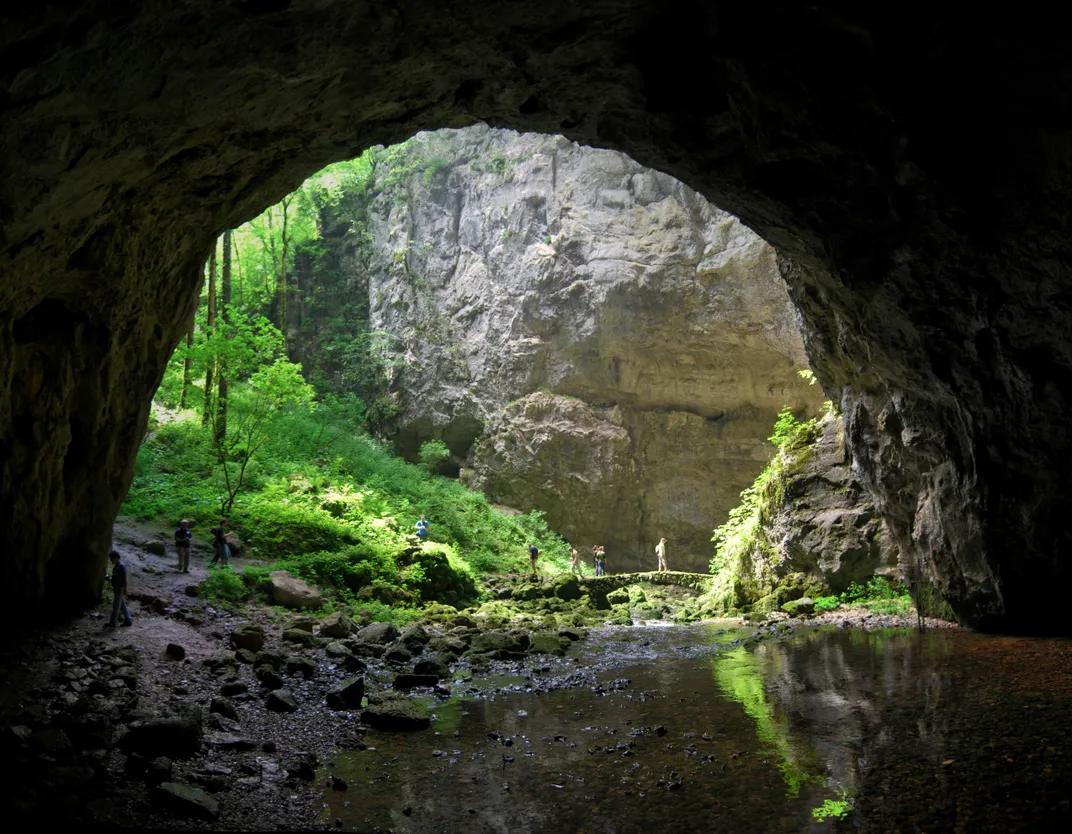
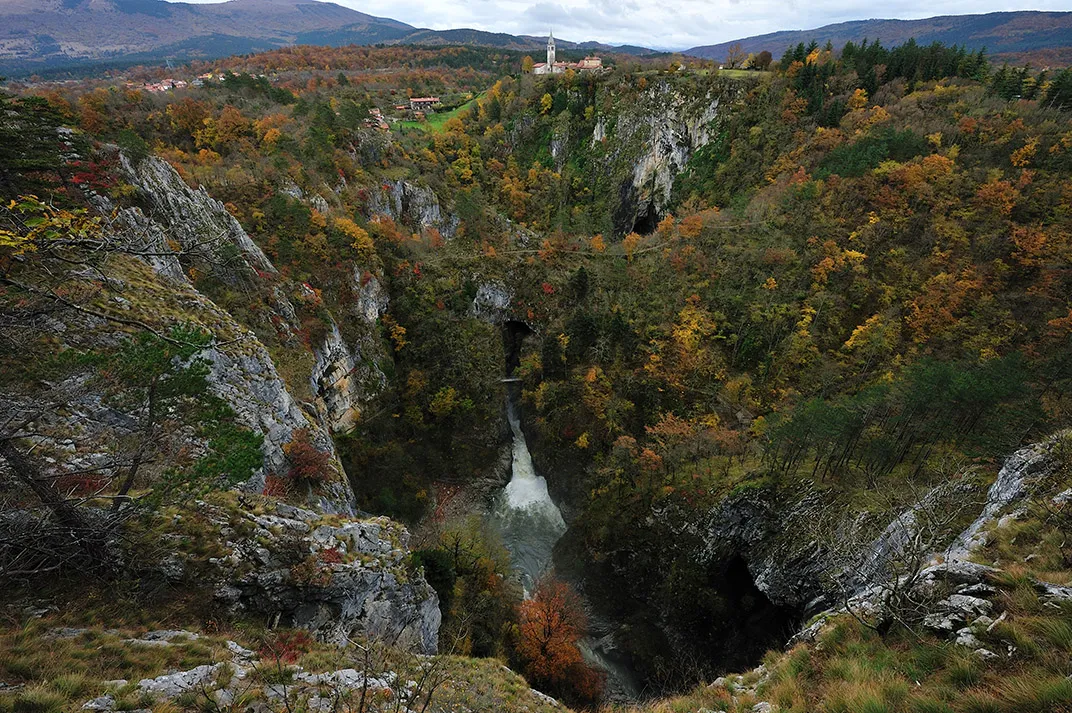
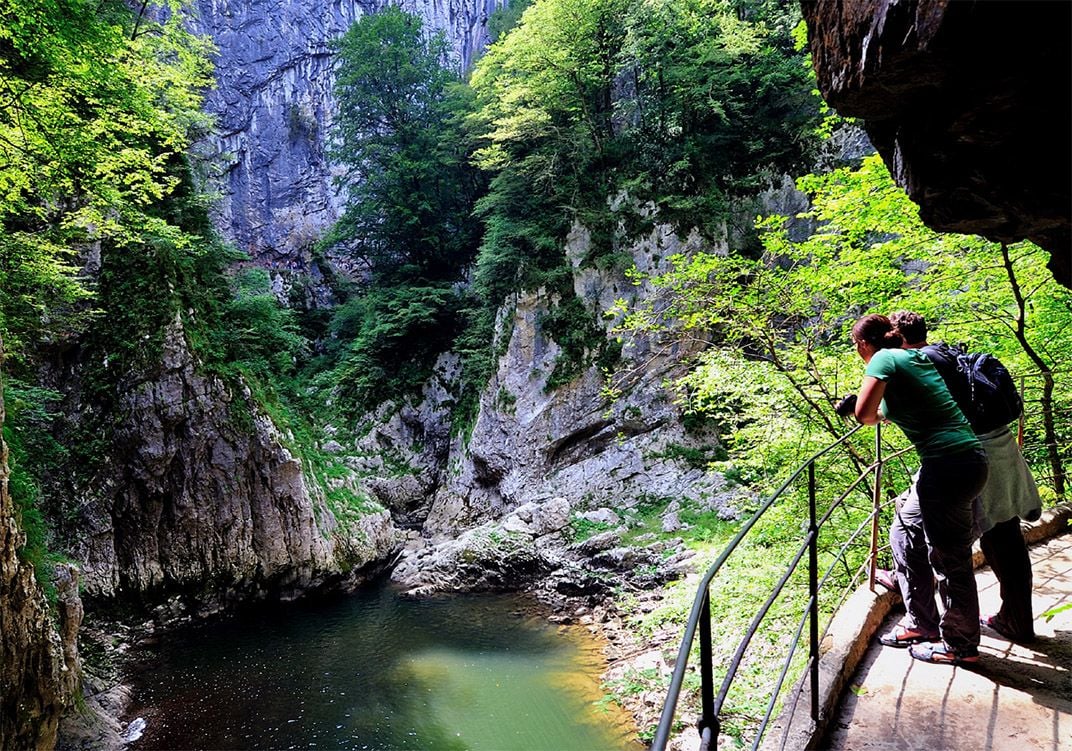
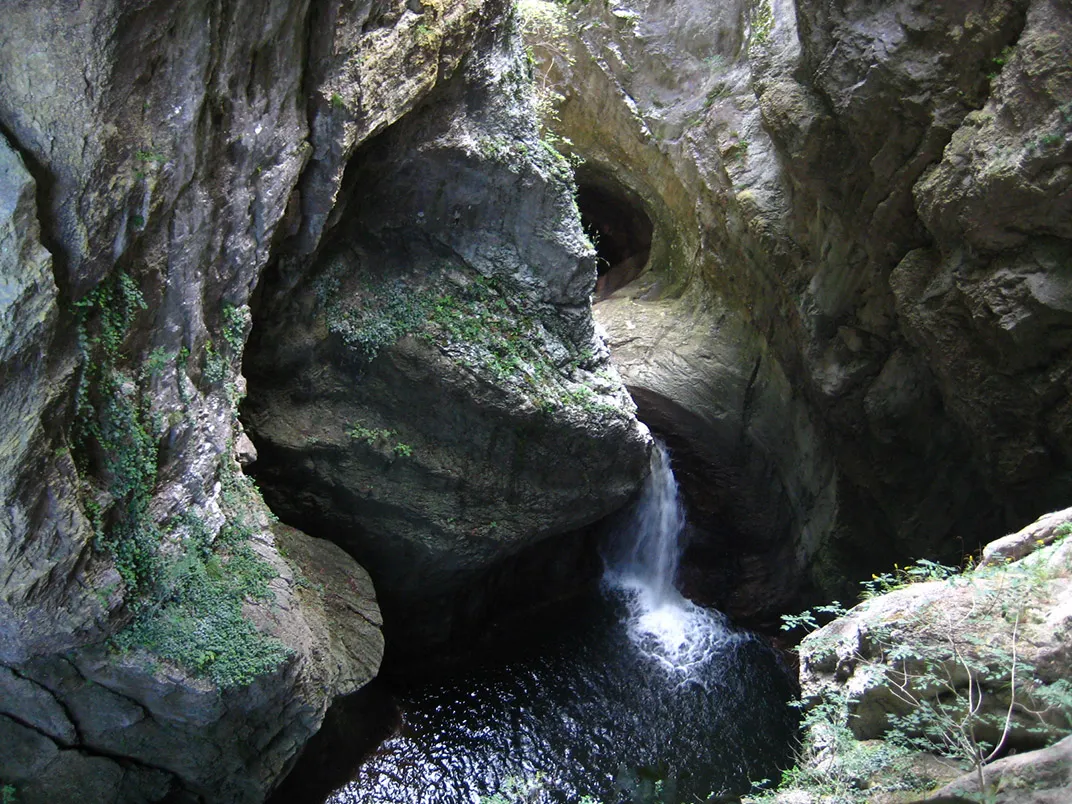


/https://tf-cmsv2-smithsonianmag-media.s3.amazonaws.com/accounts/headshot/natasha-geiling-240.jpg)